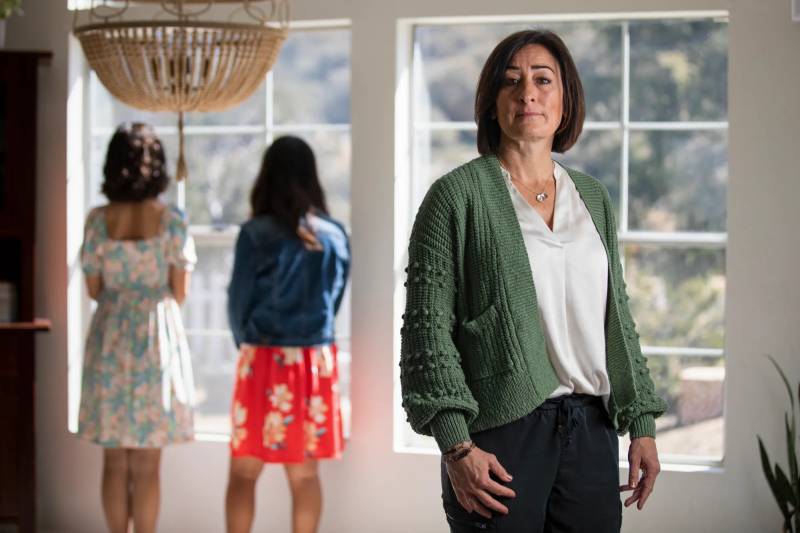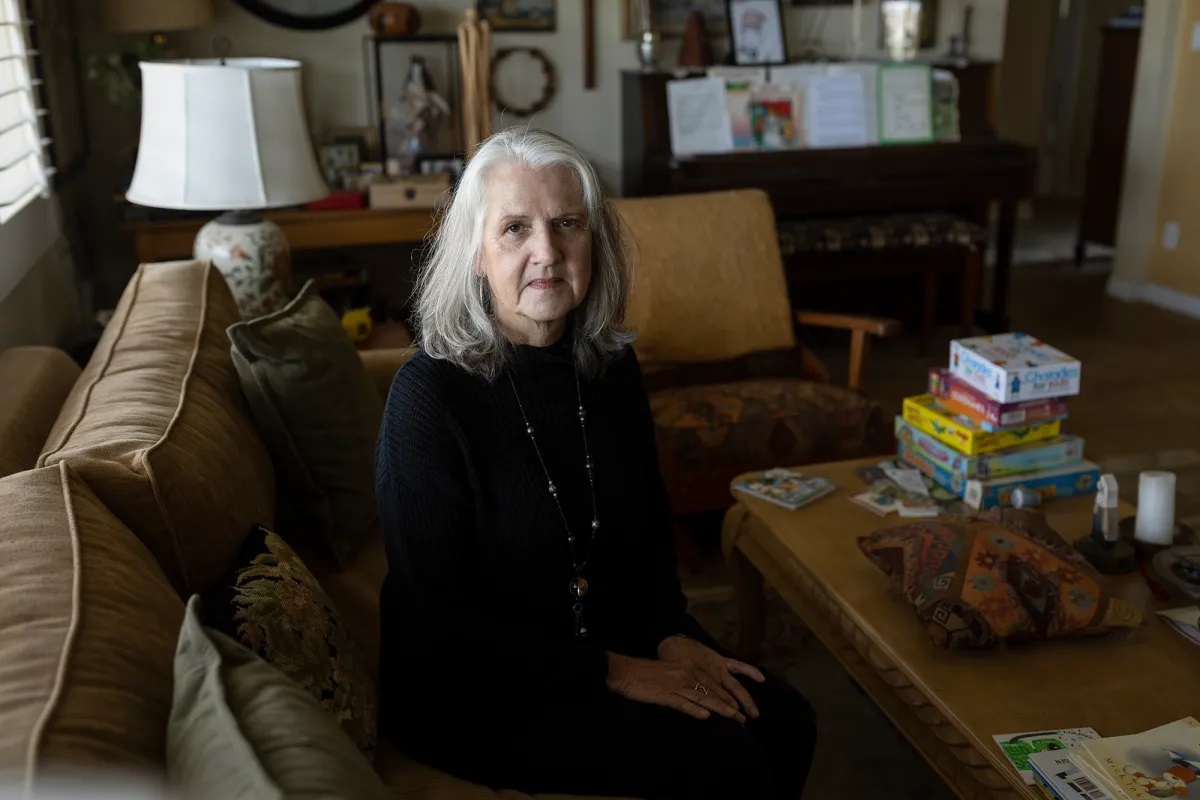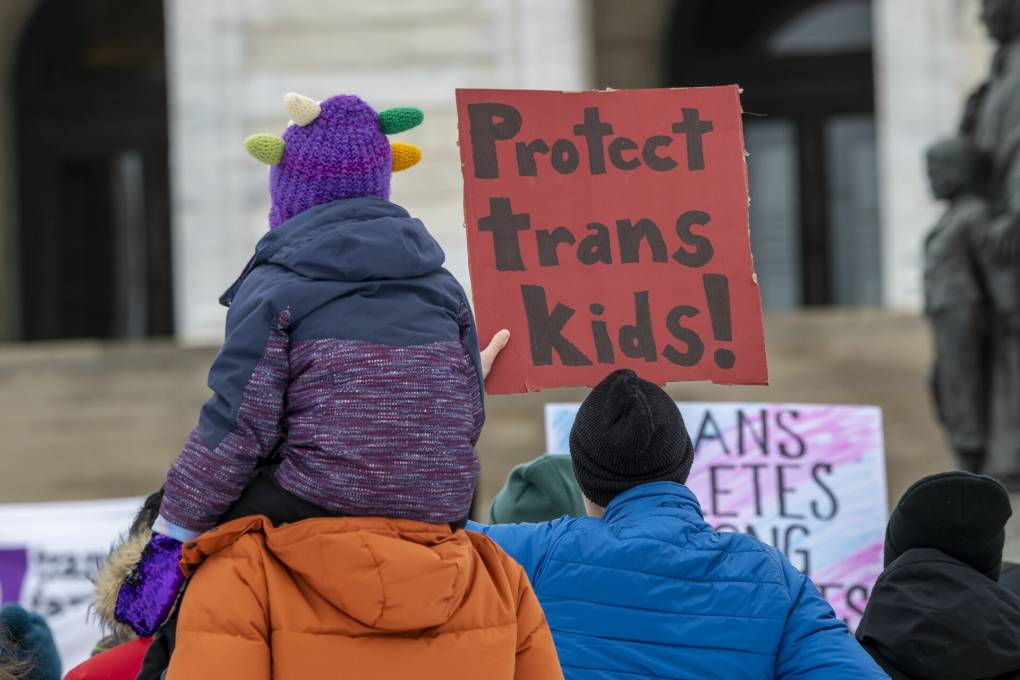Bryan’s legislation, a placeholder that will be amended next week, has yet to be heard in a committee. It comes as other states and cities have already agreed to limit the seizure of foster youth’s benefits, including Illinois, Maryland and Connecticut and the cities of Philadelphia and Washington, D.C.
Hawaii last year stopped taking the benefits and opened bank accounts for foster youth who were receiving them. Washington state and Oregon are both weighing proposals this year to do so.
For years California’s advocates have pushed the state and counties to help foster youth apply for the federal benefits. While the children are under state and county care, county agencies have viewed the benefits as a funding stream.
Many eligible youth do not know they can qualify, advocates say, and the application process is complex. California currently requires counties to screen foster youth for potential eligibility for Social Security assistance at the age of 16, but advocates say that leaves out many children who could be receiving it much earlier.
Social Security, ‘a potential lifeline’
Bryan’s bill would require counties to screen all youth for eligibility within two months of entering foster care. It also would require the county or state agencies to notify the youth’s family and attorneys when they apply for those benefits and to provide a regular accounting of the money received on a child’s behalf.
Marisa Lopez-Scott, staff attorney at the Youth Law Center, which is sponsoring Bryan’s bill, said this would help more children or their families continue receiving Social Security benefits even after leaving foster care. Those receiving Supplemental Security Income could get it for the rest of their lives.
“It is a potential lifeline,” Lopez-Scott said.
Child welfare agencies should receive the money on behalf of foster youth only as a matter of last resort, according to federal regulations and state law.
Both list preferred alternatives: a child’s relative, an adult sibling or even a family friend who has demonstrated an interest in the child’s well-being. Child welfare agencies are last on the list.
But California counties have made themselves the recipients even when other relatives were available.
Fiduciary duties
That’s what happened in Baca’s grandchildren’s case and in the case of another set of two children now suing San Diego County.
The children, two preteen sisters who have been in and out of foster care since they were 4 and 6, are now with an adoptive mother, Amy, who asked to be identified only by her first name to protect the children’s identity.
The girls’ biological father died a few months before the second time the girls landed in foster care. Knowing their biological mother had been receiving survivor’s benefits on behalf of the children, Amy contacted the county and the Social Security Administration, to ensure another relative would get the girls’ benefits when they were in foster care.
“The kids are going to need those eventually,” she said. “I thought the county would collect them but put them in trust for the kids.”
As their foster parent at the time, Amy wasn’t eligible to hold onto the benefits for the children. But she said the county never contacted the girls’ adult sibling or great-aunt and instead applied to receive the money itself. The county collected it for about a year, stopping after the adoption went through.
‘Most suitable payee’
Social Security spokesperson Patricia Raymond declined to comment on this case or Baca’s. She said that in cases where it must appoint someone to receive benefits on a child’s behalf, the agency “will investigate and appoint the most suitable payee.”



